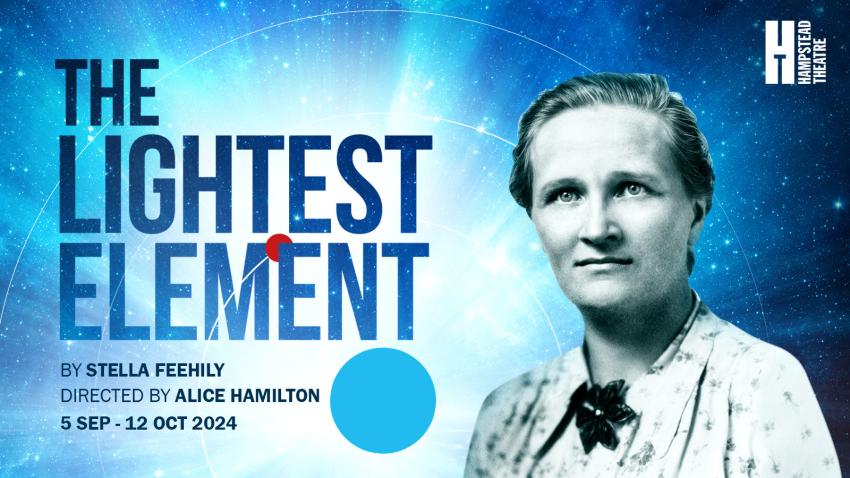She changed how we see the Universe and the stars within it. But despite being one of the most eminent astronomers of the 20th Century, Cecilia Payne-Gaposchkin is not as widely known to the public as some of her peers.
The reasons why are explored in a new play called The Lightest Element, which has been written by Stella Feehily and made its world premiere at Hampstead Theatre in London last month.
Set in Boston in 1956, it focuses on Payne-Gaposchkin as she is about to be appointed Chair of Astronomy and the first woman to head a Harvard department. Only two things stand in her way: a covert investigation aimed at exposing her as a communist sympathiser, and the entrenched conservatism of her male colleagues.
The production delves into how 100 years ago Payne-Gaposchkin became the first person to describe what stars are made of, only to have her revolutionary conclusion rejected because it contradicted the science at the time.
She would not get the credit and recognition she deserved until decades later.
Dr Sue Bowler, editor of the Royal Astronomical Society’s bimonthly house magazine A&G, went to talk to the cast over the summer about Payne-Gaposchkin’s work and achievements.
She also wrote a piece for the programme and was on the post-production Q&A panel following two performances last month.
“We had lively discussions about the changing role of women in science, and what motivated Ceclia,” Dr Bowler said.
“It was great fun and an excellent opportunity to shine a light on her work and what it meant for her life.”
On Payne-Gaposchkin, Dr Bowler wrote in The Lightest Element programme: “She was driven by the need to understand the stars, in all their variety and subtlety, and that is what she did, in 1925 and after.
“You can’t keep a good woman down.”
The Royal Astronomical Society has a first edition of Payne-Gaposchkin's published thesis in its archives, along with a number of other books written by her in the 1950s and 60s. This collection can be viewed in the Society's library by appointment.
- The Lightest Element is at Hampstead Theatre until 12 October.


